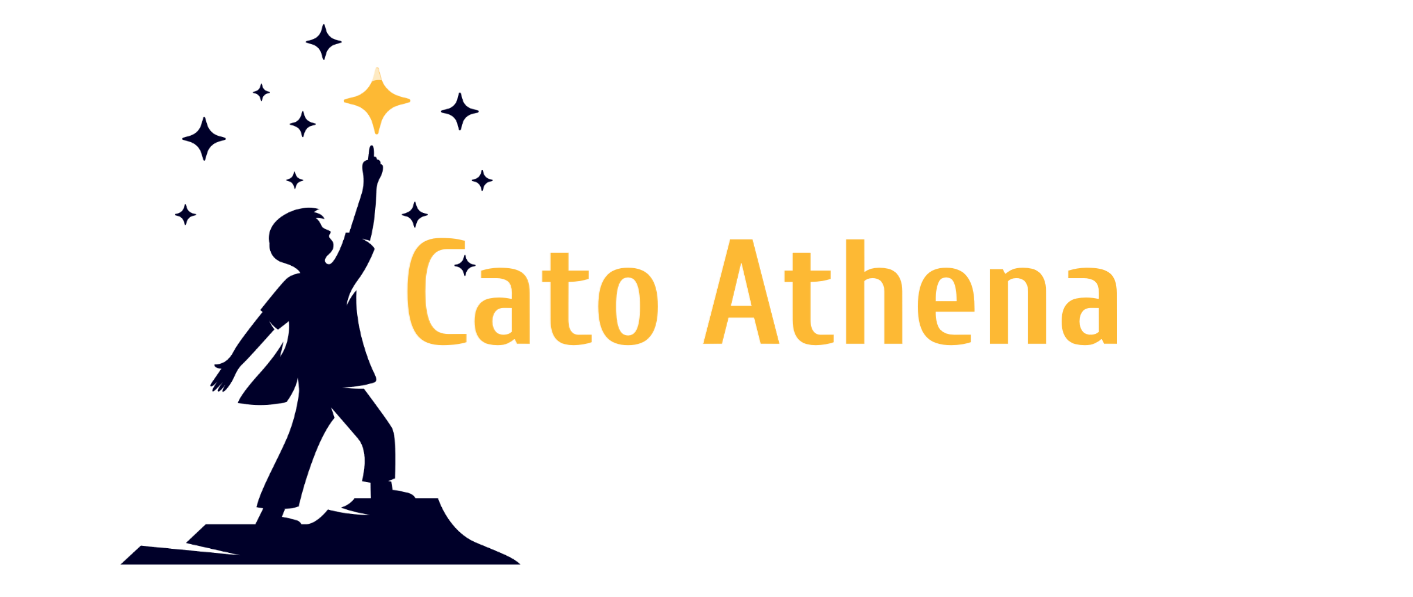Benutzer:Regiomontanus/Gakkel
Der Langseth-Rücken Der Gakkelrücken (auch Mittelarktischer Rücken[1], Hackelrücken[2] oder Nansenrücken[3]) ist ein etwa 1800 km langer mittelozeanischer Rücken im Arktischen Ozean.
In this study, we investigate the surprisingly sponge-rich benthic community of Langseth Ridge (87°N, 61°E). This ridge forms part of the Eastern Volcanic province of the ultraslow-spreading Gakkel Ridge and is comprised of a chain of three currently hydrothermally inactive seamounts. These mounts run north-south from an intersection with the Gakkel Ridge, with the Northern and Central mounts smaller than the most southerly Karasik seamount17,18. This section of the Gakkel Ridge is ice-covered throughout the year, characterized by very low pelagic and sea-ice algae primary productivity (<25 g C m−2 yr−1) and low export rates (<1 g C m−2 yr−1)19,20, barely sufficient to meet the carbon demand of typical Arctic Ocean assemblages of planktonic and benthic life21. To identify the food sources supporting the rich sponge community occupying these seamount summits, we combine under-ice seafloor mapping with biomass sampling to assess the bulk and compound-specific carbon (δ13C and Δ14C) and nitrogen (δ15N) isotopes and fatty acid (FA) composition of sponge tissue and associat this community, as well as the isotope ratios of putative suspended and sedimented particulate food sources. In addition, omics techniques are used to assess the sponge microbiome composition and the expressed functional genes. In the absence of active hydrothermal venting at the investigated seamounts, we hypothesize that the sponges use the refractory organic matter (OM) trapped in the spicule-tube mat on which they sit, as carbon, nitrogen, and energy source. A substantial proportion of such refractory OM is the remnant material of past seep biota, apparently produced during a phase of active venting of the seamounts several thousand years ago.
